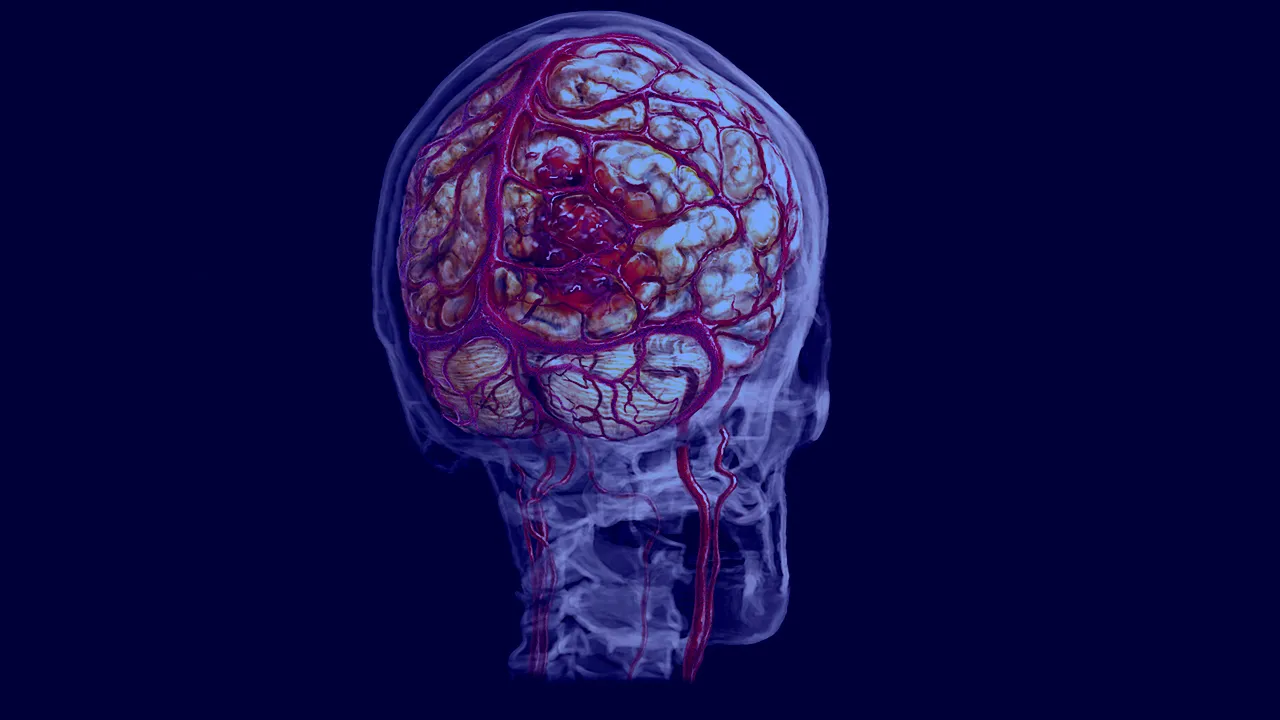Hemorrhagic Strokes occur when a blood vessel in the brain ruptures and bleeds into the surrounding tissue, causing damage to the brain and can be life-threatening. Hemorrhagic strokes account for approximately 15% of all strokes but are responsible for a higher percentage of stroke-related deaths.
There are two main types of hemorrhagic strokes: Intracerebral hemorrhage and subarachnoid hemorrhage. Intracerebral hemorrhage occurs when a blood vessel within the brain ruptures and bleeds into the surrounding tissue. Subarachnoid hemorrhage occurs when bleeding occurs in the space between the brain and the thin tissues covering it.
Risk factors for hemorrhagic stroke include high blood pressure, smoking, heavy alcohol consumption, and blood-thinning medications. Other risk factors include a family history of stroke, age, and certain medical conditions such as aneurysms and arteriovenous malformations.
Symptoms of hemorrhagic stroke can include sudden severe headache, weakness or numbness on one side of the body, difficulty speaking or understanding speech, vision problems, and loss of coordination or balance.
Diagnosing hemorrhagic stroke involves a physical exam, imaging tests such as a CT scan or MRI, and blood tests. Treatment for hemorrhagic stroke depends on the severity of the bleeding and the location of the bleeding. Surgery may sometimes be necessary to remove the blood clot or repair the ruptured blood vessel.
Prevention of hemorrhagic stroke involves managing risk factors such as high blood pressure, quitting smoking, limiting alcohol consumption, and maintaining a healthy diet and exercise routine. It is also essential to seek medical attention for any underlying medical conditions that may increase the risk of hemorrhagic stroke.

Comments are closed.